Article
Should American Tourists Make Their Own Exit from Europe? Part 1
Author(s):
Eric Anderson ruminates on European travel in 2016, and offers suggestions off the beaten path.
The problems facing tourists in the Third World are well known. They include the risk of malaria vs. the risk-benefits of anti-malarial drugs; the possibility (probability even) that you might spend part of a tropical vacation perched on a throne and not a royal one, at that; the danger of driving in a remote country that doesn’t have a highway code or really an ambulance service; the possibility of being kidnapped in any of the failed states that lie around the equator and, as always, the now-constant fear of terrorism.
Those threats are not specific to any location and cannot realistically be avoided by American visitors, many of whom are thought by other Western Hemisphere people to be over-concerned about the dangers of international travel. “Should we visit the Holy Lands? Is it safe?” we have been asked many times and our reply is always, “It is not safe and it never has been and it never will be — but they probably are safer now than they have been because they now are more attentive to surrounding dangers ever. Only you know why you want to go and how the risks vs. benefits shake out for you. Just don’t wait believing it will get better.”
I suppose I’ve gone back to Europe about two dozen times since 1960, the date my family and I came to America. There were also regular visits to Crieff, a small town in Scotland where my aging mother gradually succumbed two weeks short of 100 years.
We are, in the United States, a land of immigrants from all continents, and no doubt the criticism is valid that our Eurocentrism stems from our Founding Fathers (or whatever they are called now).
Yet, let’s take a look at Europe, where many new places are opening up to the clean industry of tourism. Indeed, a friend once opined that Asia was the new Europe. Maybe so, but there’s still a lot to like in the old Europe. The question remains: Is it safe? Is it still relevant? And is it worth it?
(Photography by the author)
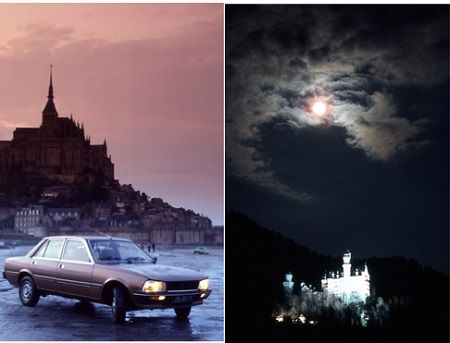
We’ve driven in many European countries as, in more frightening times, Patton did -- from French beaches to the very heart of Germany itself. Our general was Auto Europe
, a formidable force to follow.
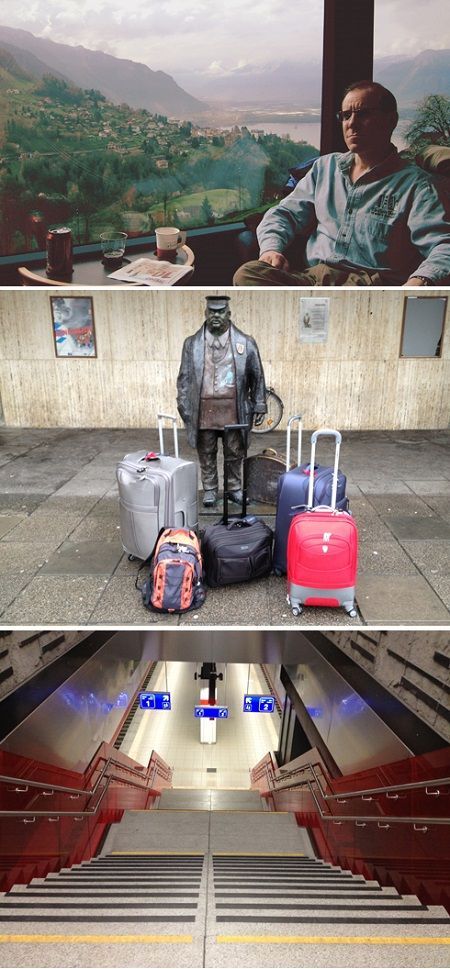
We have used the rail system in Europe as an efficient, organized and capable way of seeing the continent; DB Rail in particular seemed as competent as the German National Tourist office itself but the acclaimed German rail system really let us down when we missed our connection at the Czech Republic border — and German friends later told us DB rail service was not as perfect as it used to be. Nevertheless experienced world travelers shouldn’t expect perfection; they should know better and accept that.
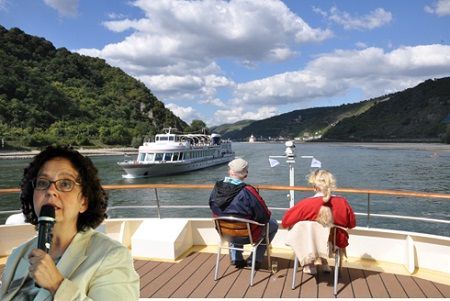
And we have sailed on the Charente river in France on a magnificent barge Le Cognac and on the Volga with Viking River Cruises and finally over all the rivers of Europe with Uniworld.
Our experience with Uniworld Boutique River Cruise Collection has been delightful and not because the more you cruise with them the better the discounts (because that is a feature of all cruise lines). We like Uniworld because it cares. About its passengers, how it treats its staff and how it respects the land. Its green initiatives themes are those of the TreadRight Foundation, of Environmental River Sustainability and Whole World Water. It nurtures its European rivers with properly sized river boats which I feel are more appropriate than the bloated vast longboats of some of the competition. River boat cruising is such an ideal way to see Europe that the difficulties of getting to otherwise remote places is sometimes forgotten.
So what might such seasoned European travelers offer as advice? How about a 2016 look at the big picture? Could suggestions be offered that the obvious attractions in any country are perhaps losing their charm, and maybe there are equally tempting alternatives? How about we start in the West and drag our way over the continent, offering what are really biased suggestions understandably oblivious to readers’ personal choices.

The best suggestion for those who have not yet visited the tourist attractions of any country might well be: find alternatives to the classics, or visit in the offseason (which is usually winter) and at a time when the schools are not on vacation. Yet we have our unwitting bucket list (the same list as everyone else’s) and we will never again see years like those following the end of WWII in Europe, the last few years of the 1940s and early 1950s, when tourism was still unborn, and guidebooks that would drive tourists in the same direction were still unpublished.
Perhaps a compromise might be this: OK, you can still see some classic sights of the one-time European Grand Tour but they will be expensive and crowded with tourists holding their iPod cameras between you and the attraction so you might be wise to make a token stop but find someplace more personal to remind you of that vacation.
The United Kingdom
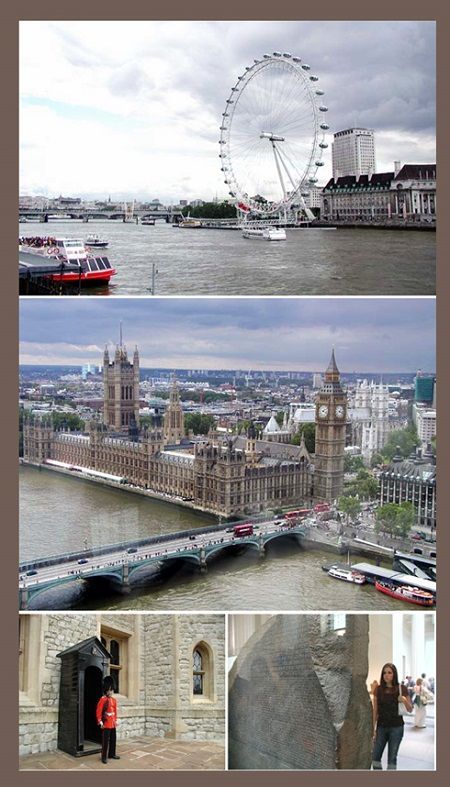
So sure, how can you not go to England’s capital and not stand in line for a ticket to the London Eye and get a god’s eye view of the Houses of Parliament? Understood, but let’s use the UK as an example of how we agree there are places that warrant a one-time visit yet there are other choices that might allow a less harrowing experience: after all, they started all this with their poorly understood Brexit! We read now that the most common search on the web from the UK for weeks after it voted to get out was unbelievably “What is the European Union?” which suggests the caution may be valid: “Stupid people shouldn’t be allowed to vote!”
There are great alternatives but they are just as busy as London; the Lake District in the NW of England, the West Country (home of TV’s Doc Martin and the crime thriller Broadchurch). And those gorgeous villages in the Cotswolds. Or you could look at Wales or Scotland. As an exiled Scot I’d hope you’d check out our capital, Edinburgh.
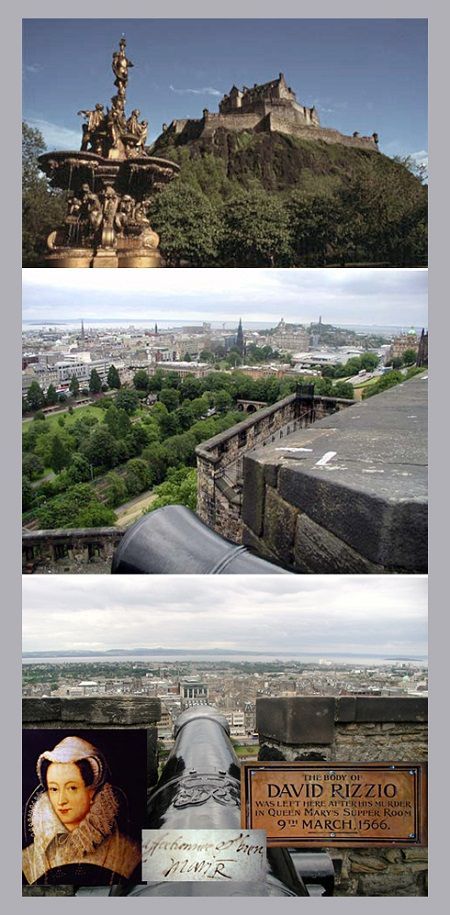
Not everyone who comes to Edinburgh during its famous and very, very busy Festival is pleased to have come at that crowded time but some events such as the Tattoo at the Castle may not be as spectacular at other times. It is more than five centuries since Mary Queen of Scots was executed by her cousin Queen Elizabeth, but the locals still talk about it.
Auld Lang Syne graces every New Year. Burns’ grave is on the Royal Mile in Edinburgh but his cottage is in Ayr on the West coast less than an hour’s drive below the city of Glasgow. There you can explore his life and even see the pistol he carried as a government tax collector because this educated man was more than a mere ploughman poet.
Nor do the Scots forget their famous beloved poet Robert Burns when
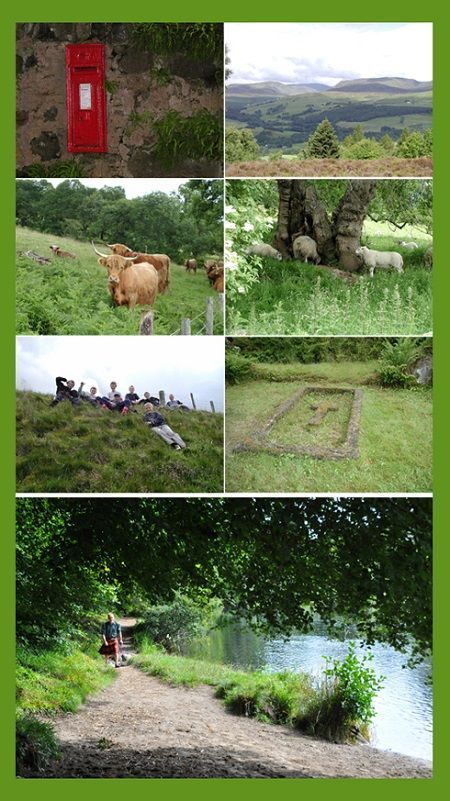
Rural Scotland offers Perthshire’s walkable hills that will of course, at times, have more sheep than people. The walks will certainly offer you a chance to attempt conversation with the Highland Cattle that look fiercer than they really are. You may find local boys lounging on a slope and, if you say hello, you may not understand their accents any more than those of the prized Highland Cattle. The river Earn walk from Crieff will charm you and you will be at times surrounded by history. At Monzie by a working Post Office Box inserted into a location on a wall when Victoria was queen. And history in Moulin where my mother was born in 1902 in a village where a Crusader was buried in the 12th century at Moulin Kirk, a church founded either in 490 or 670 by St.Colm.
Perhaps we can now follow up in Part 2 with a broad look at some of the rest of Europe with general impressions including:
They tend to speak English in Scandinavia; less so in the European South.
Expect to be gouged in Denmark and Vienna restaurants, but British pub lunches are where the locals eat.
Be grateful for the meticulous and friendly German National Tourist Office —just don’t expect the same from Italy. France is trying harder to be nice; it needed to.
With its overpriced hotels and restaurants, Western Europe is expensive: Eastern Europe less so, but the tourism infrastructure needs to grow.
Limit your luggage. Bring more money.
Learn some local language phrases. And put translation apps on your smart phone. They do work.
The Andersons, who live in San Diego, are the resident travel & cruise columnists for Physician's Money Digest. Nancy is a former nursing educator, Eric a retired MD. The one-time president of the NH Academy of Family Physicians, Eric is the only physician in the Society of American Travel Writers. He has also written five books, the last called The Man Who Cried Orange: Stories from a Doctor's Life.




